21 Brilliant Italian Nuts Seeds Every Garden Needs
Italian nuts and seeds represent a culinary treasure trove of nutritional brilliance and gastronomic delight.
These small yet mighty ingredients pack powerful health benefits that transform ordinary meals into extraordinary experiences.
Italians have long understood the magic hidden within these compact nutritional powerhouses.
Rich in minerals, vitamins, and essential oils, they contribute incredible depth to traditional Mediterranean cuisine.
Each variety brings its own unique profile of flavor, texture, and wellness potential to the table.
Their versatility allows them to shine in both sweet and savory preparations, elevating dishes with remarkable complexity.
Our comprehensive guide highlights 21 essential Italian nuts and seeds that will revolutionize your understanding of these remarkable ingredients:
Italian Nuts and Seeds Types That Add Flavor
From toasty pine nuts to buttery pistachios, Italy’s nuts and seeds bring richness to classic sauces and sweets. Discover the varieties that define Italian flavor.
Pistacchio Verde Di Bronte
Pistacchio Verde di Bronte are premium green pistachios cultivated in Bronte's volcanic soils near Mount Etna, representing Sicily's most prized nut variety.
Arab traders originally introduced these exceptional nuts to Italy, where locals adopted the Arabic word fustuq as frastuca.
Napoletana cultivar pistachios grow exclusively in this specific Sicilian region, creating unique flavor profiles cherished worldwide.
Sicily's bakers transform these vibrant green nuts into traditional desserts like cannoli, cassate, and torroni.
Rich volcanic minerals infuse the pistachios with intense green color and complex taste.
Local farmers carefully harvest these nuts using generations-old techniques.
Passionate artisans incorporate Bronte pistachios into numerous sweet and savory recipes.
Mediterranean culinary traditions celebrate these extraordinary green pistachios as a gourmet delicacy.
Mandorle (Sicilia)
Sicilian almonds are prized Mediterranean gems boasting unparalleled flavor profiles sourced from sun-drenched orchards nestled in southeastern Sicily's rich landscapes.
These exceptional nuts thrive in volcanic soils surrounding Siracusa's provinces, particularly near Noto and Avola, producing world-renowned varieties like Pizzuta, Fascionello Romana, Cavaliera, and Bonifacio no 1.
Italian farmers cultivate both sweet and bitter almond types, with sweet varieties dominating confectionery production and bitter versions adding distinctive notes to traditional biscuits and liquors.
July marks harvest season when workers carefully collect these nutritious kernels from extensive almond groves.
Prunus amygdalus species represent the primary botanical classification for these nuts, which contain remarkable nutritional benefits.
Sicilian almonds rank second only to olives in regional fruit production, reflecting their cultural and economic significance.
Mediterranean climate and unique terroir contribute to their exceptional taste and aromatic qualities.
Nocciola Romana
Nocciola Romana are premium hazelnuts cultivated in the volcanic mountain regions of Viterbo and Rome, celebrated for their exceptional nutritional profile and rich cultural significance.
These prized nuts from the Tonda Gentile Romana and Nocchione varieties grow in mineral-rich soil of the Cimini and Sabatini mountains, delivering intense flavor and remarkable health benefits.
Packed with mono-unsaturated fats and vitamins E and K, Roman hazelnuts offer substantial nutritional value despite their high caloric content.
Traditional Viterbo cuisine prominently features these nuts in multiple classic desserts, including Tozzetti - an anise and hazelnut biscotti.
Regional bakers incorporate Nocciola Romana into signature sweet treats like Ossetti da Morto, Brutti Buoni, and Mostaccioli Romani.
Versatile in preparation, these hazelnuts can be enjoyed raw, dried, or roasted.
Piedmont Hazelnuts (Nocciola Del Piemonte)
Nocciola del Piemonte represents premium hazelnuts from Italy's Piedmont region, renowned worldwide for their exceptional quality and distinctive flavor profile.
These Tonda Gentile Trilobata hazelnuts grow exclusively in specific northern Italian provinces, including Cuneo, Turin, and Alessandria.
Farmers carefully cultivate these nuts in the picturesque Langhe-Roero hills, ensuring premium characteristics like intense aroma and crunchy texture.
Gianduiotto nougat pralines prominently feature these hazelnuts as a signature ingredient, highlighting their culinary significance.
Pastry makers use these nuts in various sweet preparations like creams, cakes, and ice creams.
Roasting intensifies their natural taste, making them highly prized in confectionery.
Professional bakers and chocolatiers consider these hazelnuts a gold standard for creating rich, sophisticated desserts.
Their long shelf life and remarkable flavor distinguish them from other hazelnut varieties.
Nocciola Di Giffoni
Nocciola di Giffoni are premium hazelnuts grown in Salerno's lush mountain valley, renowned for their exceptional flavor and versatility in culinary applications.
Farmers harvest these prized nuts from trees nestled at Mount Licinici's base, carefully selecting each hazelnut for its superior quality.
Confectioners worldwide seek these nuts for their rich aroma and remarkable shelf stability.
Chocolatiers frequently coat Giffoni hazelnuts in smooth chocolate or honey, creating irresistible sweet treats.
Pastry makers transform these nuts into delicious ingredients for cakes, biscuits, and creamy desserts.
Liqueur producers also incorporate Giffoni hazelnuts into unique alcoholic beverages.
Regional Italian recipes often feature these nuts in both savory and sweet dishes.
Giffoni hazelnuts represent a celebrated agricultural treasure of Southern Italy's Campania region.
Castagna Di Montella
Montella chestnuts are prized Italian mountain treasures from Campania's Avellino province, boasting centuries of culinary tradition rooted in medieval agricultural practices.
Harvested in October, these Palummina and Verdole varieties transform into extraordinary seasonal delicacies through meticulous preparation methods.
Bakers smoke these nuts over chestnut wood fires for up to two weeks, creating intense, complex flavors that define winter celebrations.
Traditional Christmas preparations like Castagne del Prete showcase their versatility, while artisan techniques preserve their unique characteristics.
Skilled producers create multiple products from these nuts, including dried chestnuts, rich chestnut jam, and finely ground chestnut flour.
Regional families have perfected processing techniques passed through generations, ensuring each chestnut reflects its mountainous origin.
Mountain communities celebrate these nuts as essential winter ingredients, connecting culinary heritage with agricultural excellence.
Winter festivities remain incomplete without Montella chestnuts' distinctive, smoky essence.
Marrone Di Serino
Marrone di Serino are medium-large chestnuts from Campania celebrated for their firm, crunchy texture and balanced sweetness.
Italian culinary traditions showcase these prized nuts in numerous regional recipes, transforming them into both savory and sweet dishes.
Zuppa di marroni di Serino and caldarroste represent traditional savory preparations that highlight the chestnut's rich flavor profile.
Dessert lovers enjoy these chestnuts in elegant creations like crostata di marrone di Serino, chocolate tarts, and decadent chocolate logs.
Boiling or roasting brings out their natural sweetness, making them versatile ingredients in multiple kitchen preparations.
Regional chefs carefully select these chestnuts for their superior quality and distinctive taste.
Marrone di Serino nuts can be consumed independently or integrated into complex recipes.
Each chestnut carries deep cultural significance within Campanian gastronomic heritage.
Marrone Di Roccadaspide
Roccadaspide chestnuts are prized southern Italian delicacies originating from small Campania town plantations, featuring exceptional sweetness and massive size from unique Anserta, Abate, and Castagna Rossa cultivars.
Mountain-grown near Salerno's Calore River, these remarkable chestnuts historically sustained entire communities through nutritious flour-based breads and survival foods.
Local farmers carefully cultivate these treasured fruits using traditional agricultural methods passed through generations.
Generations transformed chestnut preparations from essential survival staples to gourmet ingredients, now featuring in roasted snacks, game meat accompaniments, and sophisticated desserts.
Regional recipes showcase chestnuts' versatility through glazing, pureeing, and complex culinary applications.
Mountain terroir contributes distinct glucose-rich characteristics that distinguish Roccadaspide chestnuts from other varieties.
Winter harvests bring economic opportunities for small agricultural communities.
Castagna Cuneo
Cuneo chestnuts are prestigious mountain nuts cultivated in Italian valleys with deep historical roots tracing back to 16th-century royal Savoy harvest records.
Royal documentation reveals these exceptional chestnuts grow at altitudes between 200 and 1000 meters in temperate subcontinental regions with well-drained, organic-rich soil.
Sophisticated Italian farmers harvest four distinct varieties: fresh chestnuts, dried chestnuts, chestnut flakes, and chestnut flour.
Generations of agricultural expertise have transformed these nuts into versatile ingredients used across regional cuisine.
Mountain microclimates contribute unique flavor profiles that distinguish Cuneo chestnuts from other European varieties.
Italian agricultural traditions carefully preserve cultivation methods passed through centuries.
Traditional processing techniques ensure maximum nutritional value and authentic taste.
Regional economic significance makes these chestnuts critical to local agricultural sustainability.
Marrone Della Valle Di Susa
Marrone della Valle di Susa represents a prized chestnut variety grown in Turin's Susa Valley, distinguished by its exceptional sweet flavor and crunchy texture.
Cultivated since Roman times, these chestnuts gained historical significance during medieval periods when Templar-owned groves flourished in the region.
Local farmers carefully harvest these chestnuts, which boast a unique aroma and versatile culinary applications.
Roasting brings out their rich flavor, making them a popular street food and festive treat.
Traditional recipes transform these chestnuts into delightful appetizers, main courses, and desserts.
Regional cuisine celebrates their distinctive taste and cultural importance.
Susa Valley's microclimate and fertile soil contribute to the chestnut's superior quality.
Gourmets and food historians recognize Marrone della Valle di Susa as a remarkable agricultural treasure of Piedmont.
Mandorla Di Avola
Mandorle di Avola are premium Sicilian almonds renowned for their exceptional quality and distinctive flavor profile grown near Syracuse.
Three specific varieties - Pizzuta, Fascionello, and Romana - define this celebrated almond type with unique characteristics.
Pizzuta almonds feature symmetrical reddish-brown seeds encased in hard shells and excel in high-end confectionery production.
Fascionello varieties offer similar delicious qualities with slightly less refined appearance.
Romana almonds typically contain irregular twin-seeds and frequently appear in traditional pastry recipes.
Sweet varieties dominate culinary applications while rare bitter almonds contribute nuanced flavor to specific biscuits and liqueurs.
Ancient Asian almond origins contrast sharply with modern Italian cultivation methods, particularly in Syracuse's sunny agricultural landscapes.
Sicily's careful agricultural practices ensure these almonds maintain superior taste and texture.
Marrone Di San Zeno
Marrone di San Zeno chestnuts are prized Alpine mountain treasures grown exclusively in Veneto's Monte Baldo region, boasting an exceptional sweet flavor and unique doughy texture.
Native mountain slopes nurture these special chestnuts between Adige River and Lake Garda, producing a distinctive cultivar rich in starch and high nutritional energy.
Farmers carefully harvest these sweet chestnuts with generations of traditional knowledge passed through family lines.
Mountain climate and specific terrain contribute to their remarkable taste profile and dense consistency.
Local communities transform these chestnuts into multiple culinary creations like bread, pasta, polenta, and desserts such as Tronchetto chocolate log cake.
Fresh, roasted, or cooked versions showcase their versatile nature.
Regional food traditions celebrate these chestnuts as a significant agricultural product.
Veneto's mountain environment creates perfect conditions for developing their superior quality and intense sweetness.
Pinolo Del Parco Di Migliarino-San Rossore
Pinolo del Parco di Migliarino-San Rossore are prized Tuscan pine nuts cultivated organically within a protected natural park in Italy.
Pine cone harvesting follows traditional methods where cones are collected while still closed and spread under sunlight to naturally split open.
Workers carefully extract small woody kernels covered in dark protective powder.
These rare nuts grow exclusively in specific forest regions of Tuscany's western coastal area.
Local agricultural authorities certify these pine nuts as a traditional regional product.
Sustainable harvesting practices ensure minimal environmental impact.
Farmers meticulously hand-select each nut to maintain superior quality.
Culinary experts value these pine nuts for their rich, delicate flavor profile unique to the specific microclimate of the Migliarino-San Rossore park.
Mandorla Di Toritto
Almond of Toritto are distinctive nuts grown in Apulia's Murgia hills, prized for their exceptional resilience and remarkable flavor profile.
Small almond trees thrive in challenging terrain without chemical interventions, producing seeds with extraordinary oil content and complex taste characteristics.
Native farmers cultivate these almonds using traditional methods passed through generations, ensuring pure and natural cultivation practices.
Mediterranean climate and specific soil conditions contribute to their unique sensory qualities.
Each almond contains high nutritional value, packed with essential minerals and healthy fats.
Regional agricultural experts consider Toritto almonds superior to many commercial varieties.
Generations of local families have nurtured these almond groves, maintaining time-honored agricultural traditions.
Strict production guidelines protect these special almonds' authentic origin and exceptional quality.
Marroni Del Monfenera
Marroni del Monferrato chestnuts represent an exceptional Italian mountain variety prized for their extraordinary sweetness and unique floury texture.
Native to Veneto's Treviso province, these premium chestnuts grow in specific high-altitude regions with ideal soil conditions.
Mountain farmers carefully cultivate these chestnuts using traditional agricultural methods passed through generations.
Harvested between September and November, Marroni del Monferrato have a distinctive straw yellow to hazelnut-brown interior that melts smoothly when roasted.
Regional Italian cuisine incorporates these chestnuts in numerous dishes, from desserts to savory preparations.
Strict agricultural regulations protect their quality and origin, ensuring consumers receive authentic mountain-grown produce.
Culinary experts consider these chestnuts superior to standard varieties due to their intense flavor profile.
Northern Italian gastronomy celebrates these chestnuts as a significant seasonal delicacy.
Marrone Di Combai
Marrone di Combai are prized chestnuts from Italy's Veneto region, distinguished by their uniquely floury yet crunchy white flesh and exceptionally sweet flavor.
Centuries of cultivation in Treviso have established these forest fruits as a culinary treasure with remarkable versatility.
Italians transform these chestnuts into diverse dishes ranging from savory to sweet preparations.
Roasting and boiling remain traditional methods of preparation for immediate consumption.
Gourmet recipes include chestnut-stuffed turkey, veal loins braised with Cognac, and pasta ragu featuring chestnuts and chicken.
Confectioners also craft exquisite desserts like chestnut-cream tiramisu and Montebianco cake.
Traditional soups such as Mondoi, a rich chestnut consommé, showcase the ingredient's depth of flavor.
Regional chefs continue celebrating these chestnuts as a fundamental component of Veneto's gastronomic heritage.
Marrone Di Castel Del Rio
Marrone di Castel del Rio chestnuts stand as prized Italian produce with exceptional sweetness and deep forest-like fragrance, originating from Bologna's historic agricultural landscapes.
Regional farmers meticulously cultivate these premium chestnuts in carefully managed orchards nestled in specific mountain territories.
Generations of agricultural expertise contribute to their distinctive flavor profile and superior quality.
Autumn harvests mark the peak season for collecting these delicate nuts with remarkable sensory characteristics.
Careful preservation techniques allow extended enjoyment beyond the traditional harvest period through simple fermentation methods.
Skilled local growers protect traditional cultivation practices passed down through multiple generations.
Regional geographical conditions contribute significantly to the chestnuts' unique aromatic intensity.
Mountain altitude and specific soil compositions further enhance their exceptional taste and nutritional value.
Marrone Di Caprese Michelangelo
Marrone di Caprese Michelangelo are prized Tuscan chestnuts grown in mountainous Arezzo since the 9th century, boasting an ivory-white flesh with remarkable starch content and rich almond-vanilla fragrance.
Harvested from ancient trees, these chestnuts shine in both raw and roasted forms, delivering exceptional flavor to regional dishes.
Locals transform them into complex desserts like Montebianco, a sophisticated cake layering chestnut and coffee mousse between delicate almond meringue.
Regional farmers carefully cultivate these nuts, preserving traditional agricultural methods passed through generations.
Their unique profile stems from specific geographic conditions in Caprese Michelangelo's rugged landscape.
Chestnuts play a significant role in Tuscan culinary traditions, offering versatile ingredients for sweet and savory preparations.
Gourmet restaurants and home kitchens alike celebrate these exceptional nuts.
Centuries of cultivation have refined their distinctive taste and cultural significance.
Marrone Del Mugello
Marrone del Mugello are premium Tuscan chestnuts prized for their exceptional sweetness and complex flavor profile originating from Florence's lush mountain regions.
These distinctive nuts boast a remarkable richness with subtle vanilla undertones and an intense aroma reminiscent of freshly baked bread and roasted hazelnuts.
Mountain farmers carefully cultivate these chestnuts using traditional agricultural methods passed through generations.
Regional climate and specific soil conditions contribute to their unique taste and texture.
Italian culinary experts consider Marrone del Mugello among the finest chestnut varieties in Europe.
Gourmet recipes frequently incorporate these nuts in desserts, breads, and seasonal dishes.
Protected geographical indication ensures their authenticity and premium quality.
Harvest season typically runs from September to November, celebrating the region's rich agricultural heritage.
Castagna Di Vallerano
Vallerano chestnuts are premium volcanic forest treasures grown in mineral-rich woodland surrounding Lake Vico in Italy's Viterbo province.
Mountain forests nestled near volcanic hills provide ideal conditions for chestnut cultivation dating back centuries.
Local farmers carefully nurture these trees across 600 hectares of dense woodland.
Strategic elevation and volcanic soil contribute to the chestnuts' exceptional mineral profile.
Generations of agricultural expertise ensure sustainable harvesting practices.
Each chestnut develops a distinctive delicate flavor reflecting unique regional terroir.
Strategic planting methods maximize forest health and nut production.
Mountain winds and moderate temperatures create perfect growth conditions for these celebrated Italian chestnuts.
Castagna Del Monte Amiata
Castagna del Monte Amiata chestnuts grow exclusively in southern Tuscany's volcanic landscapes near Mount Amiata, representing a critical historical food source for local communities.
Mountain dwellers historically depended on these nutrient-rich chestnuts as their primary sustenance during challenging economic periods.
Small farmers cultivated these chestnuts in Grosseto and Siena provinces using traditional agricultural methods passed through generations.
Volcanic rock and sandstone terrain create ideal growing conditions for these unique nuts.
Economic hardship in early 1900s made these chestnuts essential survival food, earning them nickname "bread of the poor".
Harvested carefully by hand, these chestnuts provided critical nutrition when other food sources were scarce.
Mountainous regions around Mount Amiata sustained entire populations through strategic chestnut cultivation.
Regional preservation efforts now protect this important agricultural heritage.
Do Many Italian Desserts Feature Ground or Whole Nuts as a Base Ingredient?
Yes, nuts play a significant role in Italian desserts, often featured as either ground or whole ingredients that add texture, flavor, and richness. Italy’s diverse regions use nuts in traditional sweets to celebrate local harvests and culinary heritage:
In many recipes, nuts are ground into flours or pastes to provide structure and moistness, making them indispensable in Italian dessert craftsmanship.
Are Nuts and Seeds Commonly Used in Italian Liqueurs, Sauces, or Even Meat Dishes?
Absolutely. Nuts and seeds are versatile ingredients in Italian cuisine, extending well beyond desserts:
Nuts and seeds contribute earthy flavors and texture contrasts that deepen the complexity of Italian culinary creations across courses.

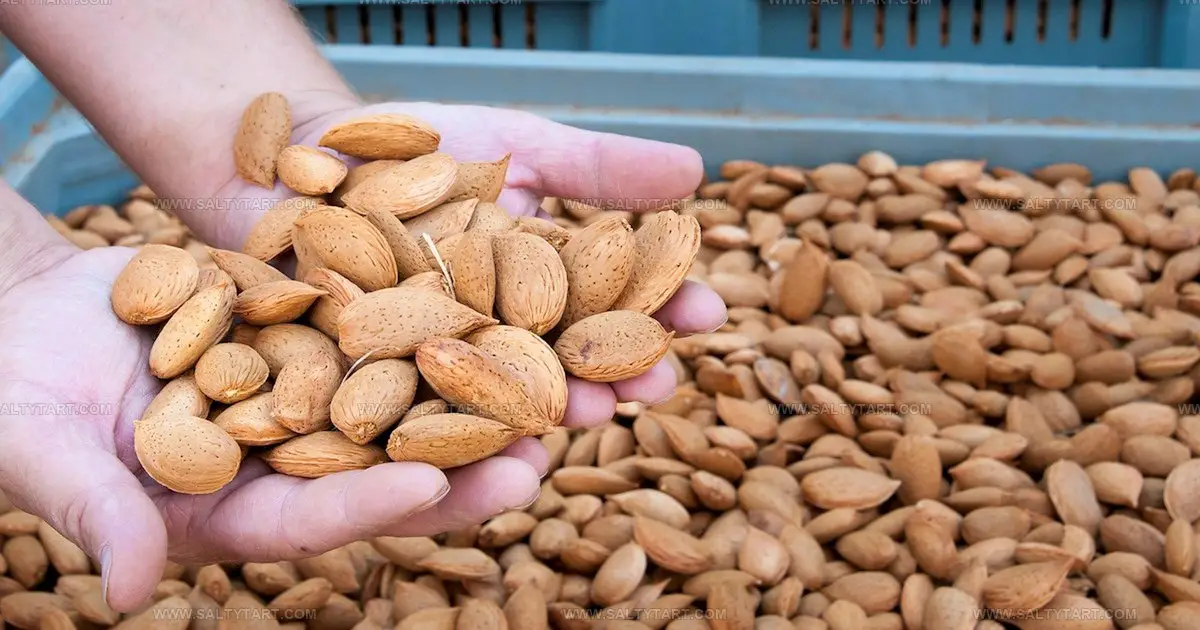
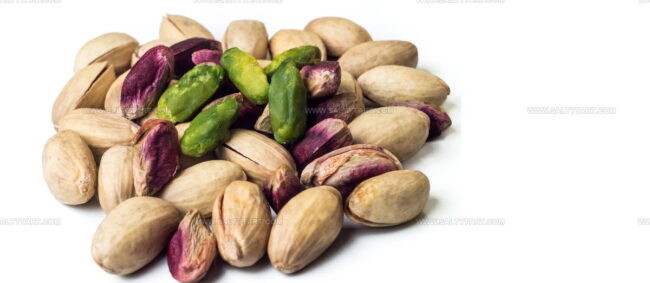
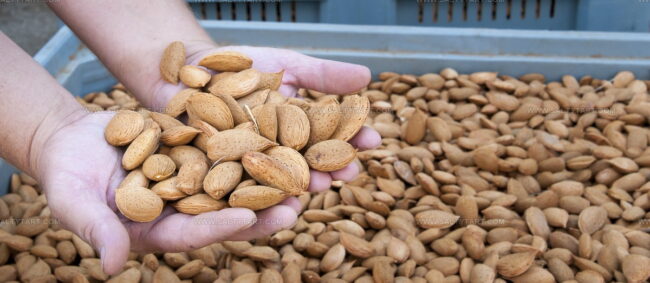
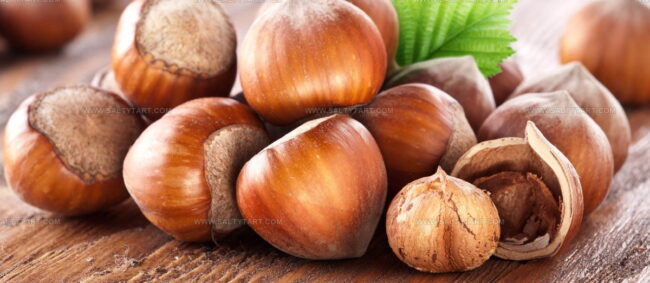
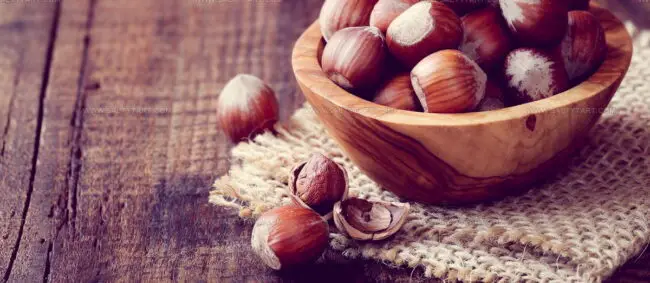
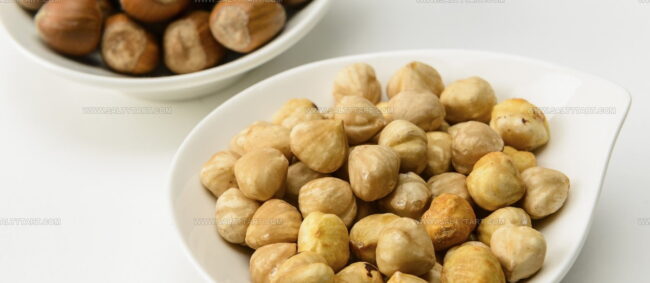
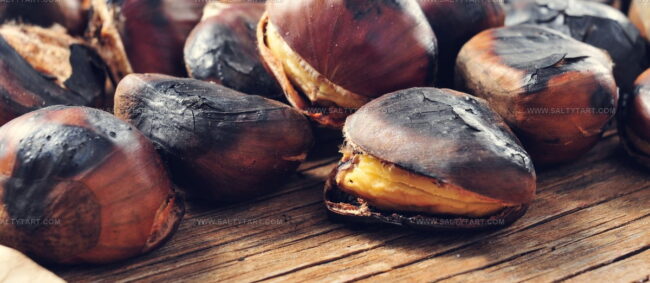
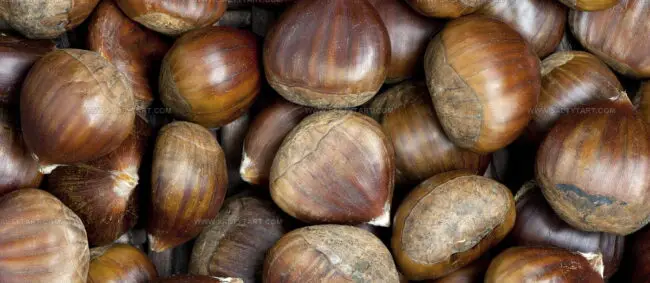
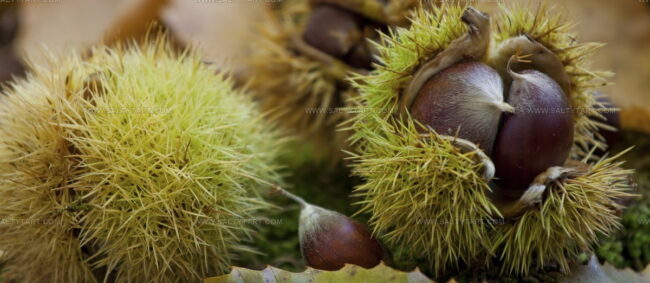
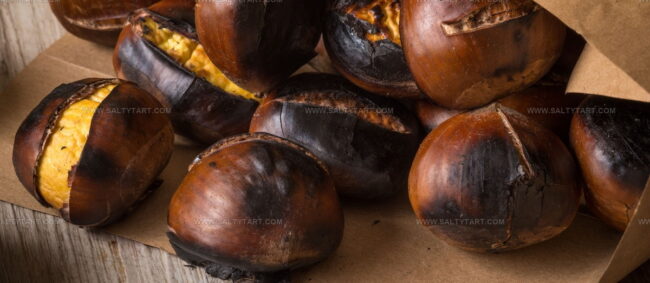
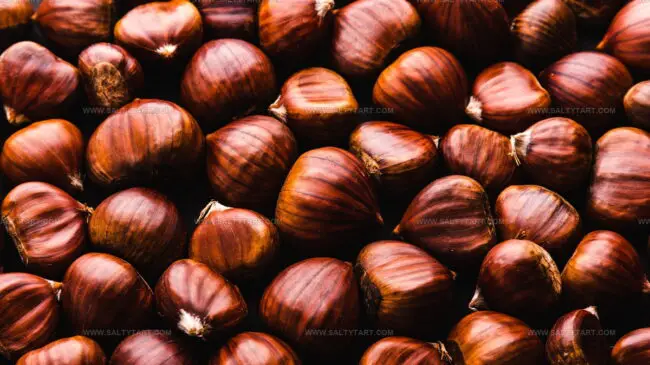
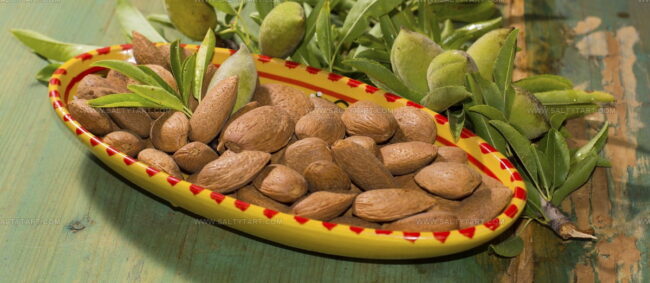
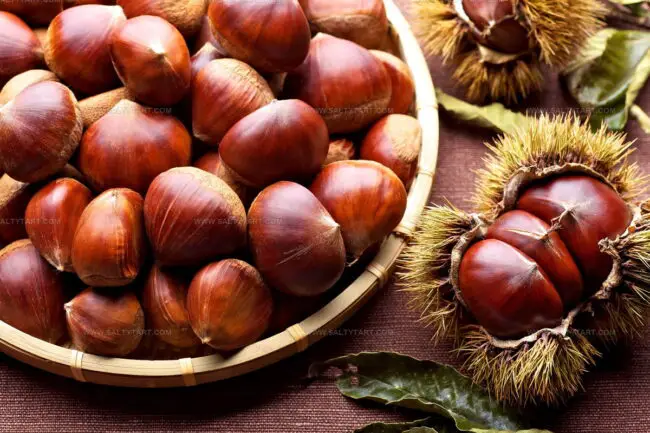
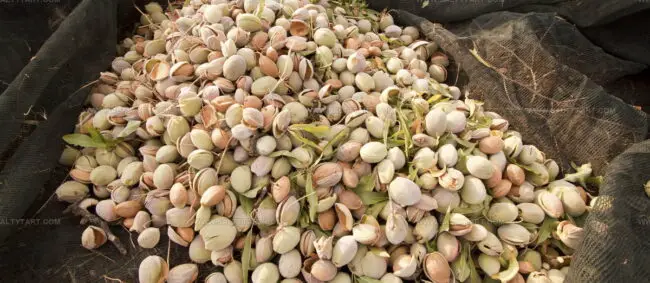
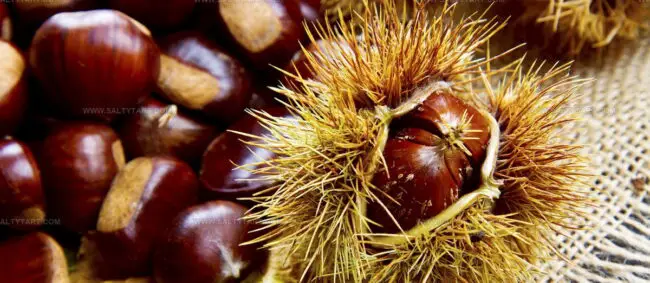
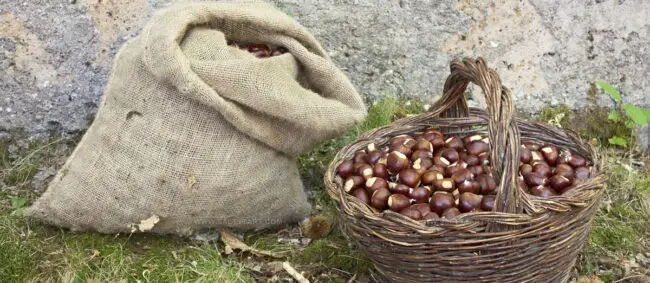
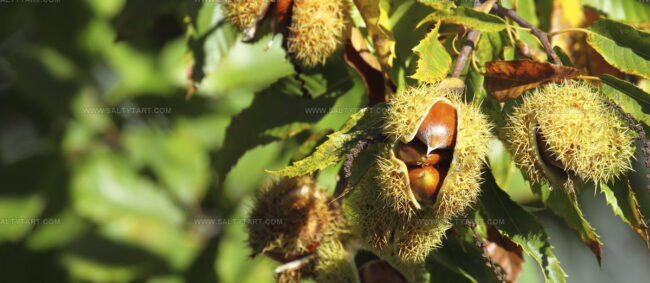
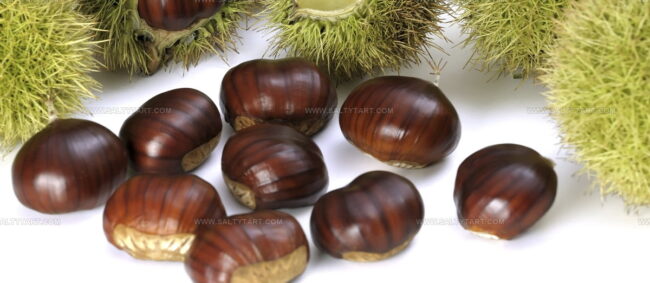
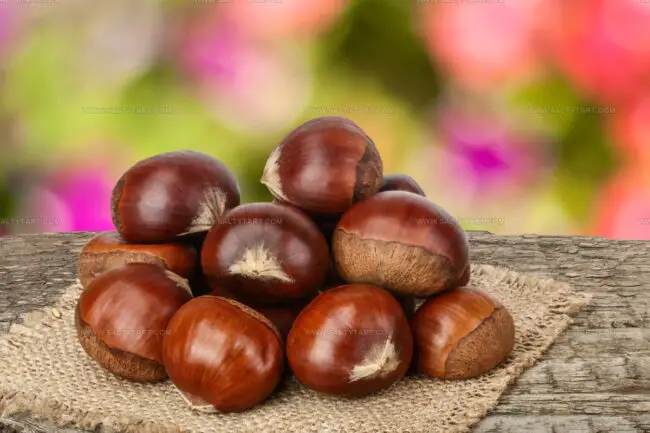
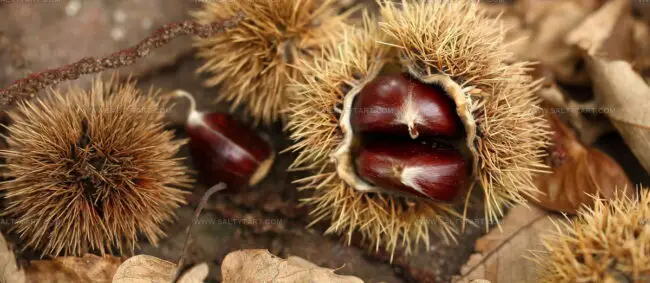
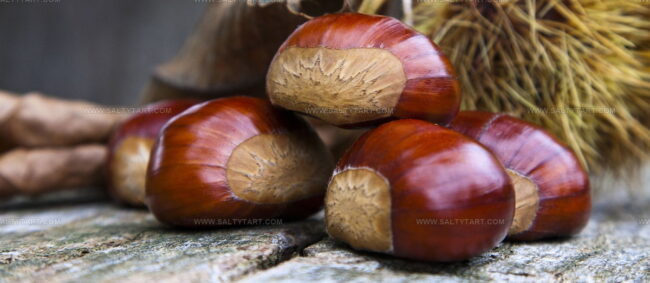
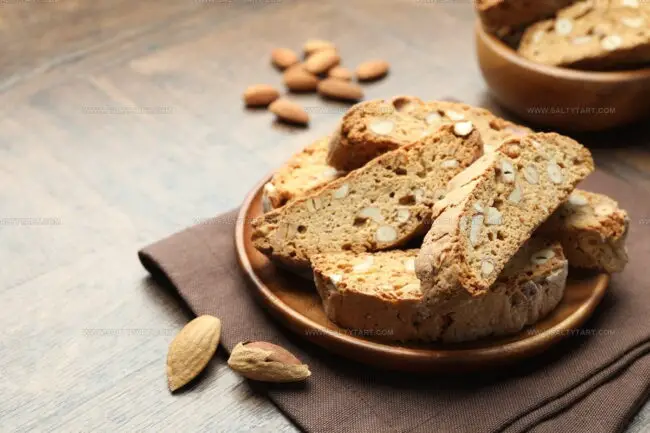

Jess Martinez
Contributing Recipe Writer & Nutrition Consultant
Expertise
Southwestern and Latin American cooking, Nutritional analysis and healthy recipe planning, Cultural food traditions, Modifying traditional dishes for better health
Education
Santa Fe Community College
Certificate in Culinary Arts
Focused on mastering the flavors and cooking methods of traditional Southwestern cuisine.
Jess’s love for bold, homegrown flavors led her straight into the world of Southwestern cooking and cultural nutrition.
After completing her Certificate in Culinary Arts at Santa Fe Community College, she made it her mission to show that good-for-you food can still taste incredible.
At saltytart.com, Jess shares vibrant, health-conscious recipes with roots in tradition but a fresh, modern twist. When she’s not testing new recipes, you’ll find her at local growers’ markets, tending her herb garden, or digging into food history books.